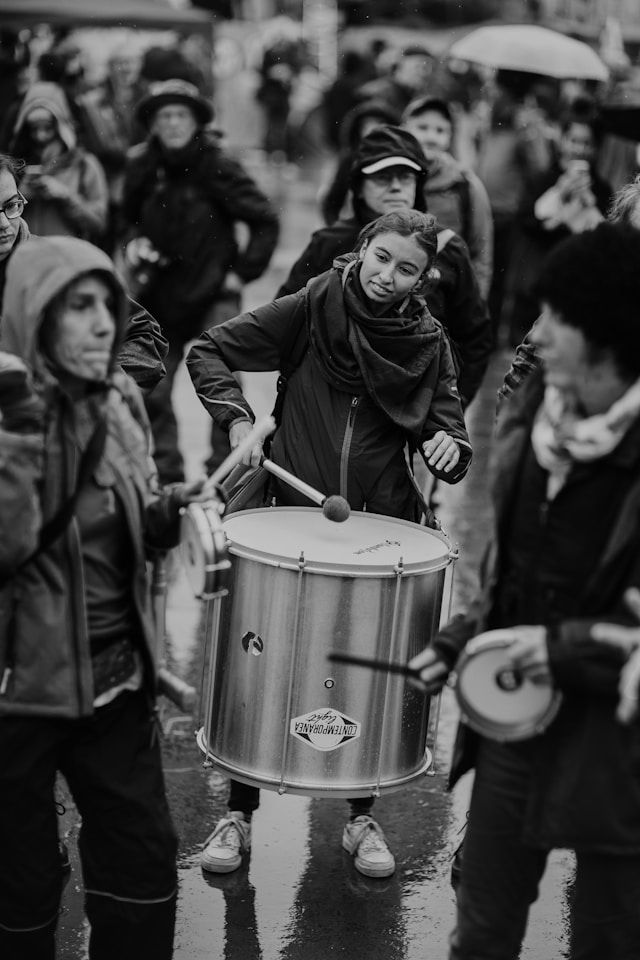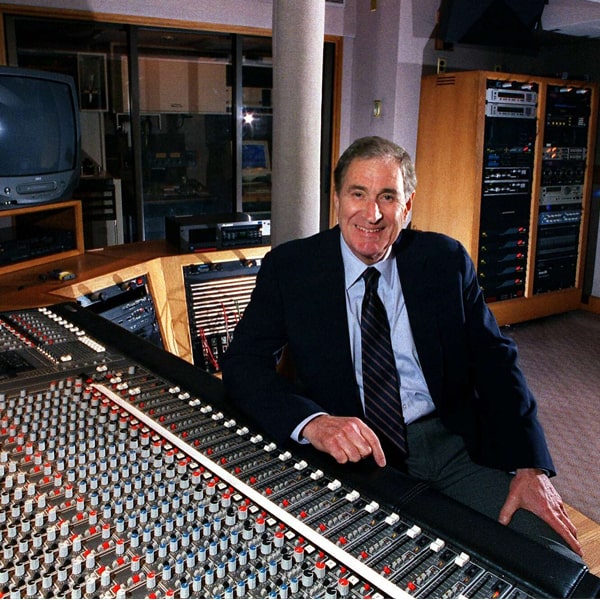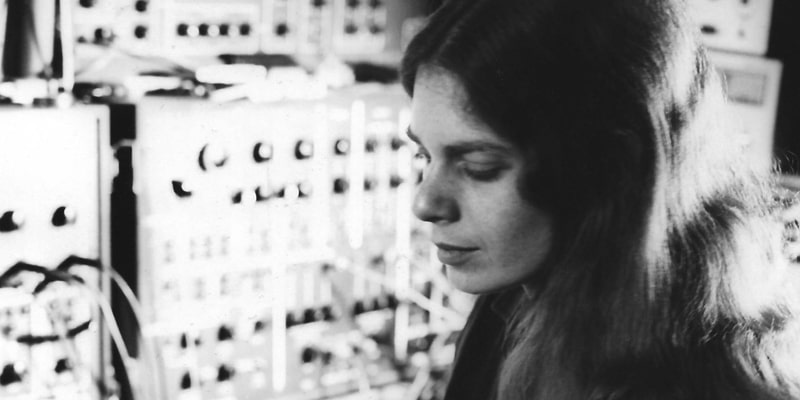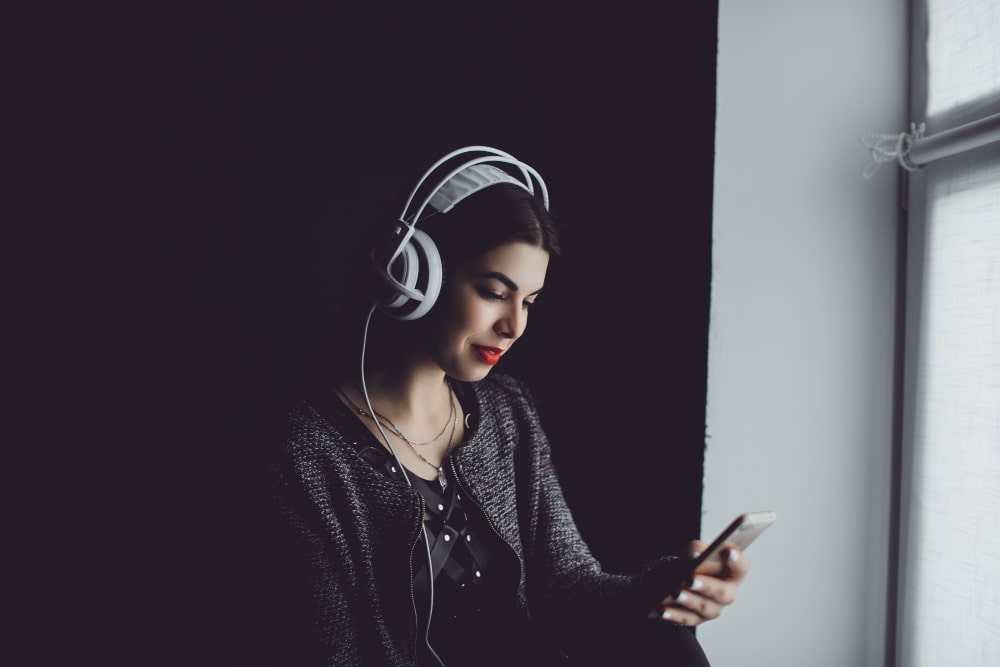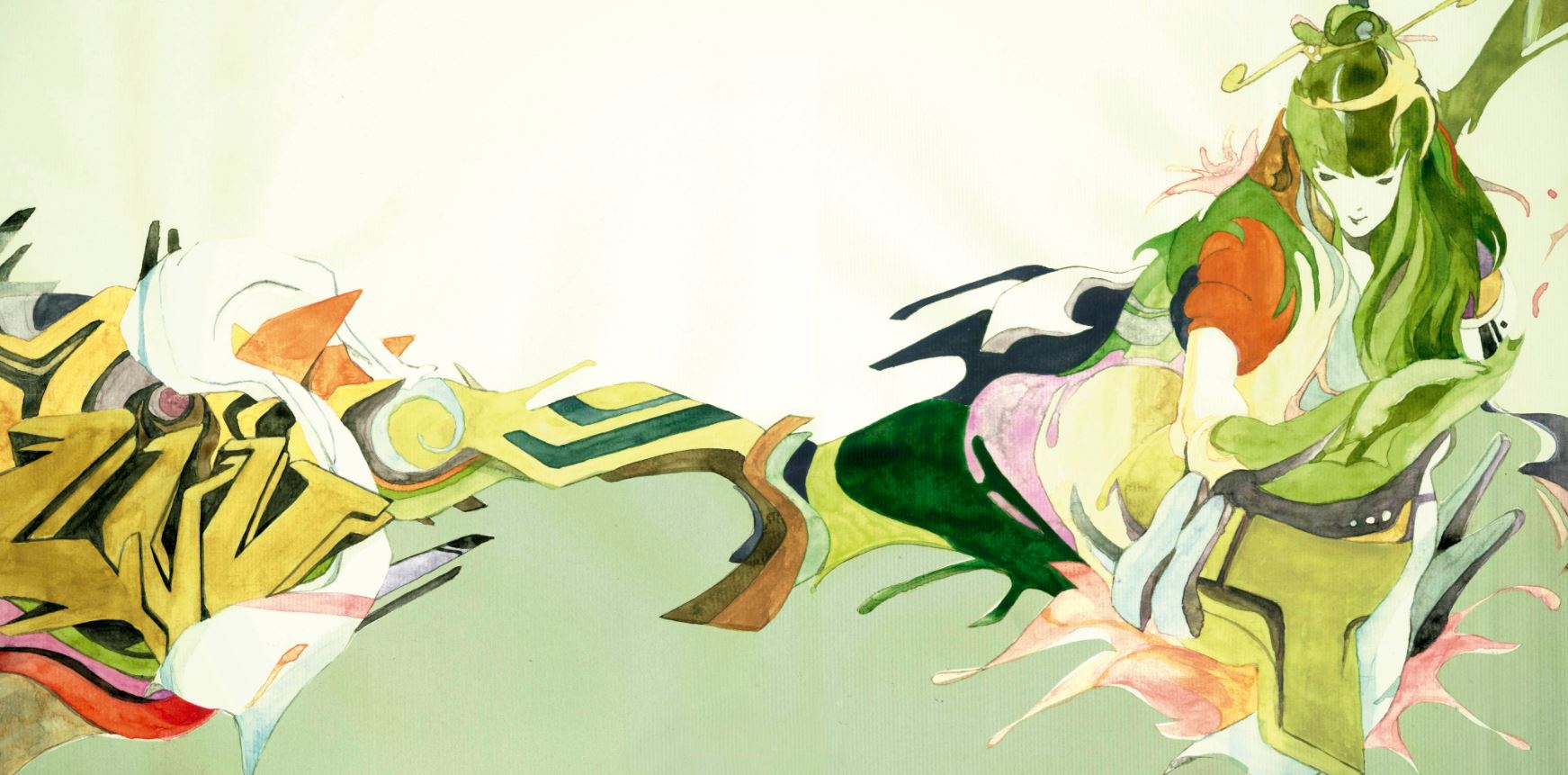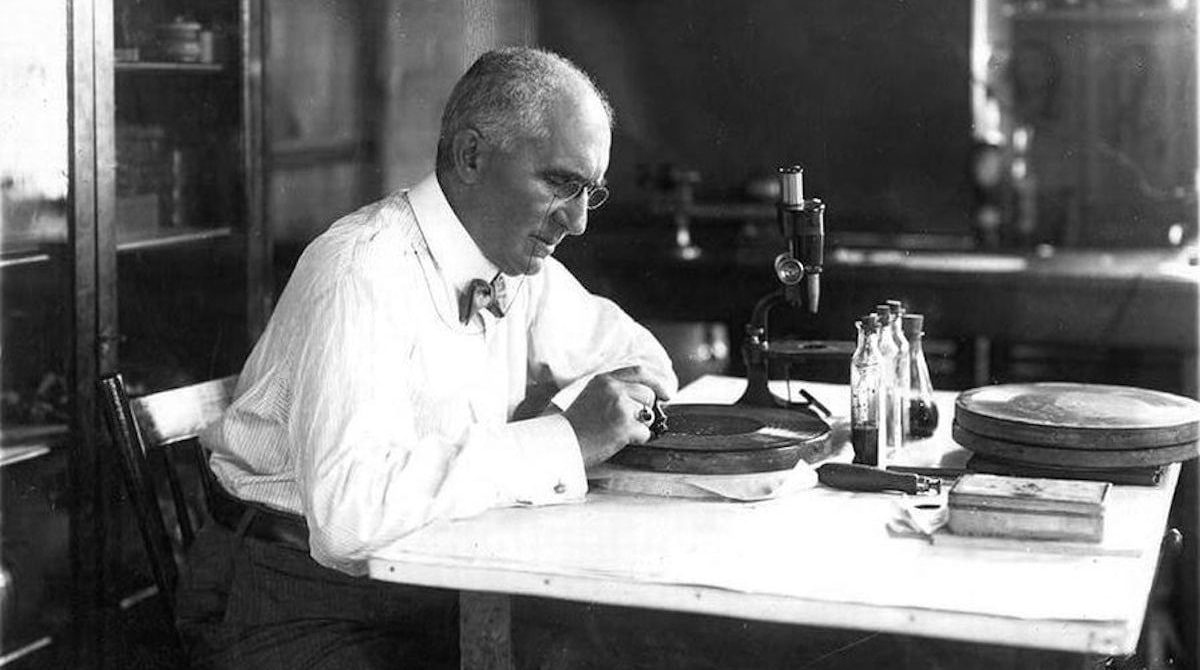Music has long been more than just art or entertainment—it has been a form of resistance. It can express what cannot always be spoken, convey collective emotions, and unite people in the pursuit of change. From folk ballads and anthems to hip-hop and TikTok trends, protest music has consistently reflected political and social upheavals.
In the 20th century, protest music was closely tied to mass movements: folk songs of the 1960s inspired civil rights struggles in the United States, rock and punk criticized war and capitalism, and hip-hop emerged from New York streets as a voice for marginalized communities. But in the 21st century, a revolution occurred: the digital age opened new spaces for protest music, changing how it spreads and making it truly global.
From Ballads to TikTok: A Brief History of Protest Music
Understanding the contemporary context requires seeing the evolution of protest music:
- 19th century: Workers’ songs and spirituals in the US and Europe accompanied fights for labor rights and the abolition of slavery.
- 1960s: Folk and rock became synonymous with protest. Bob Dylan, Joan Baez, John Lennon, and others wrote songs that became anthems for anti-war and civil rights movements.
- 1970s–80s: Punk rock and reggae spoke against colonialism, racism, and political repression. Songs by Bob Marley or The Clash carried global messages of resistance.
- 1990s: Hip-hop became the voice of urban communities resisting police violence and economic inequality. Public Enemy and Rage Against the Machine demonstrated how music could mobilize youth.
- 2000–2010s: Internet revolutionized distribution—songs could reach audiences without major labels through YouTube, MySpace, and later Spotify. Protest messages could spread far beyond local scenes.
The history of protest music is thus a story of constant adaptation to new media and political contexts.
The Digital Age: New Opportunities for Protest Music
The internet and social media have fundamentally changed the rules of engagement. Previously, a song could take months to spread via concerts and radio; today, a single YouTube or TikTok clip can reach millions in hours.
1. Decentralization and Speed
Social media removed barriers between artists and audiences, bypassing censorship and label monopolies.
- Japan after Fukushima (2011): The band Frying Dutchmen mobilized thousands with their song Human Error, despite official media ignoring anti-nuclear sentiment.
- Arab Spring (2010–2011): Protest songs spread through Facebook and YouTube in Egypt, becoming the soundtrack of revolution.
- Black Lives Matter (2013–present): Tracks by Kendrick Lamar, Beyoncé, and independent artists became anthems, with TikTok amplifying their reach globally.
2. The Logic of Connective Action
Political scientists Lance Bennett and Alexandra Segerberg described a new model—“connective action.” Unlike traditional collective action, it doesn’t rely on formal structures. Participants can mobilize through weak ties—for example, sharing a song with a hashtag or joining a music-based flash mob.
- This allows rapid, widespread mobilization.
- Yet such movements often lack longevity: without stable organization, they can quickly dissipate.
3. Media Hybridity
Digital media has not replaced “old” formats but coexists with them.
- During Ukraine’s Orange Revolution (2004), songs spread online but also via CDs, printouts, and live performances.
- In Thailand (2010–2011), protest music played simultaneously on mobile trucks with loudspeakers, radio broadcasts, and online streams.
This creates hybrid media environments, where a song can exist both digitally and physically.
Sound, Noise, and Silence as Tools of Protest
In the digital age, attention has shifted from lyrics alone to sonic practices.
- Grime in the UK (2010): Though not explicitly political, its aggressive sound fueled student protests.
- Cacerolazo in Argentina: Mass banging of pots and pans transformed noise into political action.
- Iran’s Green Movement (2009): Nighttime chants “Allahu Akbar” on rooftops fostered unity without physical gatherings.
- Istanbul (2013): Car horns and silent protests became symbols of resistance.
Even silence can serve as protest. Colin Kaepernick’s refusal to stand during the U.S. national anthem turned quiet defiance into a powerful political statement.
Ambivalence: Music as Resource and Risk
Music can unite, but it can also create challenges:
- Risk of superficiality: A song may become “entertainment instead of action.” Drumming circles at Occupy Wall Street sometimes drowned out political discussion.
- Instrument of multiple sides: Far-right and nationalist groups also create anthems using the same mobilization mechanisms.
- Commercialization: Platforms like TikTok or Spotify can spread protest tracks while stripping them of context, turning them into algorithmic entertainment.
This ambivalence highlights the importance of careful analysis: music is never neutral.
The Future of Protest Music: AI and Emerging Challenges
Today, protest music faces a new frontier:
- Algorithms and AI: Music-generating AI can democratize creation, but can a “synthetic song” truly become a symbol of protest without human experience behind it?
- Global reach: Through TikTok and YouTube, a local protest song can instantly gain international significance. Chile’s performance of Un violador en tu camino became a global feminist anthem.
- Censorship and control: Authoritarian regimes enhance digital monitoring, forcing artists to find creative ways around blocks—from VPNs to encrypted messages in lyrics.
Conclusion
Protest music in the digital age remains a powerful and multifaceted phenomenon. It has evolved from worker anthems and folk ballads to TikTok hits and street flash mobs.
Its strength lies in its ability to:
- Spread quickly via social networks;
- Bridge online and offline spaces;
- Employ sound, noise, and even silence as tools;
- Mobilize through both clear messages and emotional resonance.
At the same time, protest music is ambivalent: it can inspire change but also mask internal divisions, act as a vehicle for entertainment, or be used by reactionary movements.
Studying it requires a multidisciplinary approach—from musicology to political science. For participants and audiences alike, the core question remains: can a song not only be heard but truly change the world?
It is also worth considering the role of visual imagery in music culture. For insights into how album artwork influences perception and popularity, see Album Cover Impact on Music.
